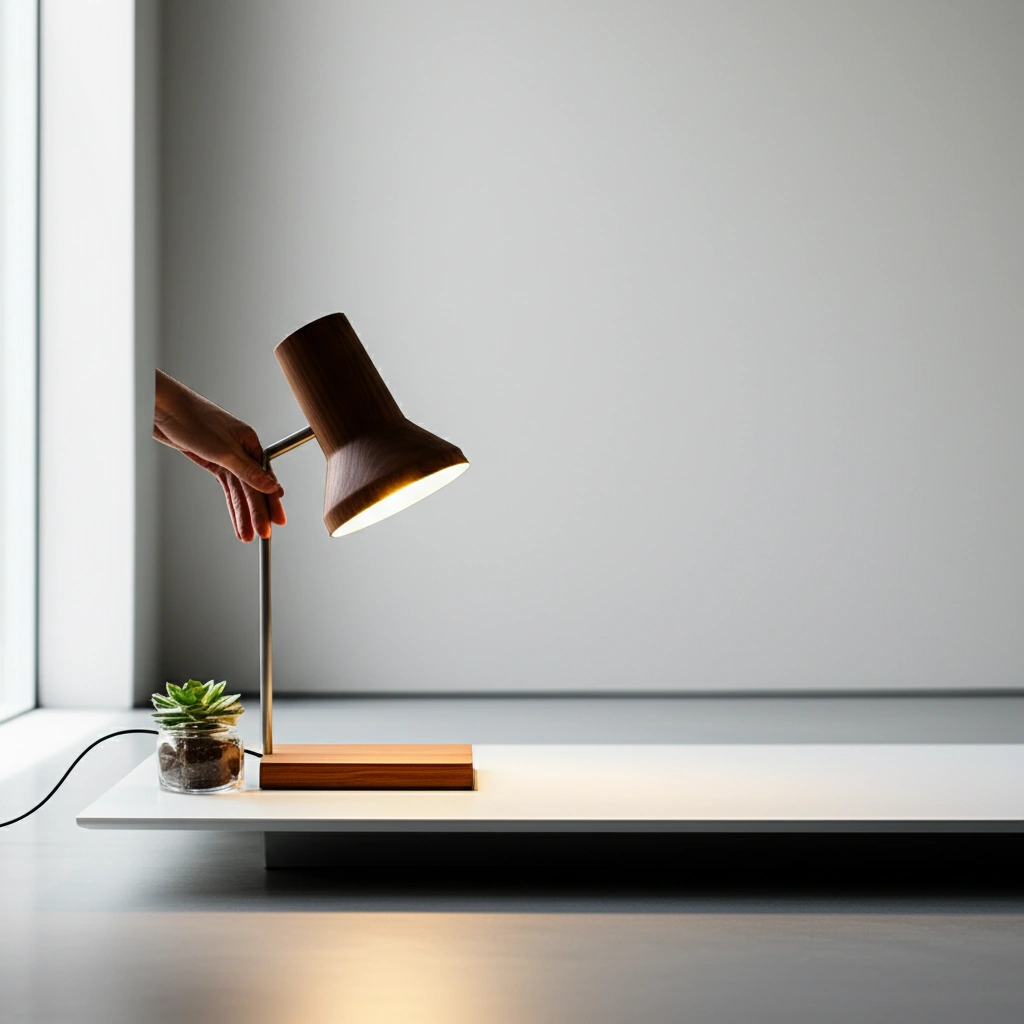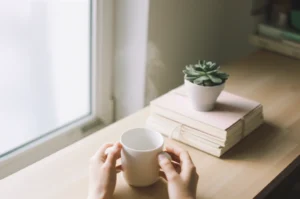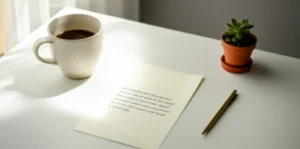Ever looked around and thought, “Where did all this stuff even come from?” Yeah, me too. Sometimes it feels like our closets are multiplying, our kitchens are bursting, and that pile of… whatever it is in the garage? Don’t even want to talk about it. If you’ve ever fantasized about throwing it all out and starting fresh, or wondered what it’d feel like to just… let go, this is for you. Extreme minimalism isn’t just a trend for neat freaks or nomads you spot on YouTube. It’s a way to reset and find freedom when “enough is enough” suddenly means everything. Let’s talk honestly about the real benefits of extreme minimalism—plus a few risks to watch out for—so you can see if this bold choice could actually make your life a little, or a lot, better.
But before you picture yourself living with, I don’t know, just a toothbrush and a backpack, let’s clear one thing up: Extreme minimalism doesn’t have to be some wild deprivation challenge. It’s not about “suffering” with nothing. Instead, it’s about cutting the noise—the kind that clogs up your space, your wallet, your mind—and finally letting yourself, well, breathe. If you’re curious, maybe a bit skeptical, but ready for some sincere and unscripted conversation, pull up a chair. This is the real deal on living with less, with all the messy, human, and honest parts included.
Extreme Minimalism, Explained
Okay, so what exactly are we talking about when we say “extreme minimalism”? Minimalism in general means intentionally living with less, but extreme minimalism kicks things up a notch—sometimes way up. Think living with just 15–150 items, or downsizing so much that everything you own fits in a single suitcase. Sounds wild? Maybe. But for some, it’s exactly the ticket to a happier, saner lifeaccording to minimalism advocates.
Some people take the plunge by choice, especially when they’re after simplicity, mental clarity, or freedom to move anywhere at the drop of a hat. For others, it happens because of life: job changes, caregiving, financial resets, or even just a burning desire for a fresh start. Whatever your reason, the core idea is the same: less stuff, more life.
Now, “extreme” can look totally different depending on the person. For some, it’s living out of a backpack and traveling full time; for others, it’s just a radically clear home base. The only real rule? If it doesn’t add genuine value, it goes.
Why Go Extreme? The Big Benefits
You might wonder… why would anyone willingly get rid of pretty much everything they own? Aren’t we supposed to fill our houses, not empty them?
Less Stuff, Less Stress
Honestly, one of the biggest wins is mental peace. A cluttered space equals a cluttered mind (it’s not just a saying—there’s research to back that up). Picture this: you walk through your living room and everything has its place. You’re not tripping over shoes, digging for your keys, or mentally nagging yourself for not putting stuff away. That clean environment? It’s pure relief.according to mental health experts, shedding excess actually psychology of minimalism suggests this can lower anxiety, boost focus, and generally make you a happier, calmer person.
Serious Freedom & Flexibility
Ever been tied down by your stuff? Like you can’t move, travel, or switch things up because there’s just too much… everything? When almost all your possessions fit in a car, a suitcase, or even just a backpack, you’re free. Move cities for a new job? No problem. Go stay with a friend? Grab your bag. That flexibility is a superpower in today’s jumpy, unpredictable worldaccording to lifestyle writers.
Financial Clarity and Savings
This is a biggie—living with less means buying less. Which means, guess what? More money in your pocket. You’re not constantly shopping for stuff you don’t need, and when you sell off what you’re not using, you can even make money. Some folks have literally funded trips or paid off debt from decluttering sales. Plus, with fewer bills (think storage, cleaning, maintenance), spending slows way down, and financial stress can melt away.
You Gain Back TIME
No more Saturdays lost to cleaning and organizing. No more tense dinner table negotiations over whose “stuff” goes where. With less to manage, you get your life back—time for family, friends, hobbies, literally anything but cleaning the garage!
It’s Good for the Planet
Ways to help the environment? Extreme minimalists consume a lot less, waste less, and often reuse or donate what they do have. That pared-back lifestyle means a smaller carbon footprint and a few less things headed for a landfill.
Psychological Benefits—The Quiet Bonus
Here’s something most people overlook: cutting your possessions down to just the essentials can light up your sense of self like nothing else. You’re forced to get really, brutally honest about what matters. Suddenly, every decision, every purchase, gets just a little more meaningful, and you can actually hear yourself think. Talk about clarity! (And if you want a deep dive into why your brain loves this, check out this piece on the psychology of minimalism.)
Risks & Downsides—Let’s Get Real
Alright, so far, this probably sounds like extreme minimalism is all sunshine and rainbows. But hang on—you know me better than to paint a one-sided picture.
It’s Not Always Practical
I’ll be honest: living with next to nothing can make some stuff way harder. Social occasions (hello, holidays!), having friends over, or even just getting dressed for a fancy event can feel like a challenge, especially if you ditched your “just in case” extras. Families, caregivers, and anyone with unpredictable needs? Extreme minimalism might actually hold you back more than it helpsaccording to minimalists who’ve tried it.
Social Friction Happens
Not everyone gets minimalism. Some people may question your choices, relatives might get offended if you don’t keep gifts, and—let’s be real—sometimes you might feel, well, weird. Occasional awkwardness comes with the territory, and it does take guts to go against the grain.
Regret and Attachment
Ever thrown out something you swore you’d never need, only for it to become crucial two months later? Yep, it stings. Minimalism can highlight how attached we are to comfort items or sentimental keepsakes. Letting go is empowering, but moving too fast or too far can cause regret. Pro tip? Test the waters before you dive in. Put things ‘on hold’ rather than tossing them straight away, and see if you miss them.
Emotional & Psychological Risks
There’s a fine line between mindful simplicity and rigid control. For some, the process of paring down gets addictive—almost compulsive. If you start stressing over every single item or find yourself feeling isolated by your choices, it’s worth stepping back. Minimalism is here to serve you—not dominate your thoughts or make you lonely. Listen to what feels right for youaccording to community stories.
How To Give Extreme Minimalism a Try
If this has you even curious, the next question is: how do you actually get started without totally wrecking your comfort zone?
Step 1: Know Your Why
All change gets easier when you’re clear on your “why.” Is it freedom from debt? Mental clarity? Or maybe you’re just desperate to see your bedroom floor again? Whatever it is, write it down. Keep it in your phone, your wallet, on your wall—somewhere you’ll see it, especially when the going gets tough.
Step 2: Start With a Plan
This is where a minimalist decluttering checklist comes in handy. Begin with the easy wins—stuff you know you never use. Don’t start with heirlooms or keepsakes; trust me, your first try shouldn’t be the hardest. Work room by room, or by category (think: clothes, books, kitchen stuff), marking off what you can let go without a second thought.
Step 3: Try a 30-Day Experiment
Whether you go all out or just cut deeper than ever before, give it a test run. Store non-essentials in a box or closet for a month. If you don’t need or miss them, odds are you can let them go for good. Need inspiration? Use a checklist, like the one above, or set yourself a goal—”I’ll limit myself to 50 items this month.” Make it a game, not a punishment.
Step 4: Find Balance
Minimalism isn’t about elimination for elimination’s sake. It’s about balance and intention. If your favorite coffee mug actually makes your morning better, keep it! The goal is to keep what truly matters… and say goodbye to the rest. If one category is tough (like tech, or books), go gentler. Think: what’s the right minimum for me, right now?
Step 5: Keep It Flexible
Once you’ve streamlined, protect your progress—but don’t become dogmatic. Life changes. Maybe you take up a hobby or need to add something back in for a while. The beauty of minimalism is that you’re free to decide, adjust, and experiment, again and again.
Who Should Try Extreme Minimalism?
If you’re nodding along and picturing yourself packing up, extreme minimalism might seriously change your life. It’s often best for:
- Single folks or couples who want to travel, work remotely, or pivot fast
- Anyone craving simplicity—especially after big life changes like moving, debt, or loss
- People with a deep desire for clarity and focus
- Eco-conscious friends who want a greener footprint
If you have kids, care for others, or have complex needs? Extreme minimalism is possible, but it just takes even more planning and compassion—for yourself and those you live with.
Finding Your Version Of Less
The best part? You don’t have to go all in, all at once. Maybe you start with one drawer. One room. One crazy weekend marathon. Maybe you just focus on decluttering clothes or going digital with paperwork. Make it yours. The only “rule” is to do what feels good for your life.
If you need a nudge, the minimalist decluttering checklist is a super helpful tool. Or if the mental side of letting go feels huge, learn more about the psychology of minimalism—sometimes the biggest hurdles aren’t the things, but the thoughts.
Conclusion: Is Extreme Minimalism Worth It?
Life gets noisy. Sometimes all the “extras” pile up until you can barely catch your breath. Extreme minimalism strips away the static—the stuff, the stress, the spending—so you finally have the space (and peace) to focus on what actually matters. More time. More freedom. Way less maintenance and guilt. For some, it’s totally liberating. For others, it’s a bridge too far.
The real magic is in balance. Try an experiment, see how it feels, and tweak as you go. Keep the comfort you need, toss the guilt and clutter, and tune back in to your true priorities. And if you ever find yourself at a crossroads, torn between “just in case” and “just right,” remember: your version of minimalism doesn’t have to look like anyone else’s. It just has to fit you.
Have you tried going extreme? Are you all about the cozy clutter? No one’s got it all figured out—but the journey toward “enough” is definitely an adventure worth exploring. If you’re curious, skeptical, or somewhere in between, you’re not alone. The best stories, and maybe the best lives, often start when we finally let go.









